A 10-year mission to build an AI biologist has just launched. The team from US not-for-profit moonshot Future House wants to create an autonomous research assistant to accelerate the speed of scientific discovery and help tackle the key challenges facing humanity including antibiotic resistance, food security and climate change.
‘The fundamental bottleneck in biology today is not just data or computational power, but human effort, too: no individual scientist has time to design tens of thousands of individual hypotheses, or to read the thousands of biology papers that are published each day,’ explained Sam Rodriques, chief executive of the Future House project.
The ultimate aim of the Future House project is to produce an AI scientist capable of autonomously completing routine tasks of varying complexity, from designing DNA primers to troubleshooting experimental problems. Such a system must be able to reason scientifically: to make predictions, design experiments and analyse outcomes, something which is beyond the scope of current AI systems. However, the multidisciplinary team, including biologists, biochemists and AI researchers, plan to build upon recent advances in AIs for science, most significantly the chemistry large language model (LLM) ChemCrow. Released in April, this LLM already exhibits many of the characteristics of a future AI scientist and could act as a blueprint for the Future House project.
ChemCrow takes large language models to the next level
The performance of LLMs in chemistry to date have been notoriously poor. LLM systems are trained on huge amounts of text, allowing them to predict the next logical response with increasing accuracy as the training set is broadened. But lack of reasoning and critical thinking capabilities mean these models typically provide nonsense answers to even the most simple chemical questions.
‘The problem is there’s not enough data in chemistry,’ explains Andrew White, one of the developers behind ChemCrow and now head of science at Future House. ‘A lot of the data is programmatically generated (ie chemical names) so not that rich, and many papers are hidden behind paywalls and therefore not accessible for training. A lot of chemical data is also locked up in pictures of structures which can’t easily be converted into language.’
This question of training data access is not easily resolved but White, alongside fellow developer Philippe Schwaller, circumvented part of this crucial data acquisition process by combining the LLM directly with a collection of useful chemical tools including LitSearch, Name2SMILES and ReactionPlanner. ‘Instead of trying to have the LLM operate directly on chemicals, what we did with ChemCrow is to give access to tools,’ says White. ‘The LLM is acting one level higher and orchestrating these tools together to accomplish open-ended complex chemistry tasks.’
Users can enter a question or instruction in natural language and the system will work through the problem using a combination of the different available tools to complete each step in the overall task. For example, in their preliminary studies, the ChemCrow team asked the system to make an insect repellent. The AI was able to perform a web search to determine what an insect repellent is, conduct a literature review to find examples, convert compound names to SMILES structures, design a synthesis, then operate the robotic laboratory system at IBM to produce a physical sample of a known insect repellent.
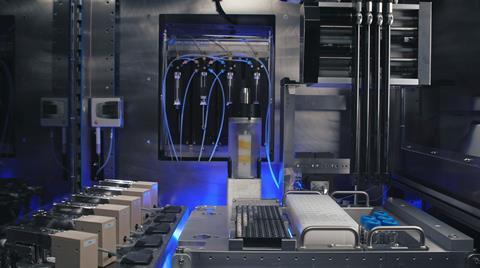
‘One of the really exciting parts is that the synthesis pipelining tool is combined with the IBM RoboRXN so there’s that conversion to an actual synthesis procedure,’ explains Schwaller. ‘ChemCrow was one of the first connections to the physical world enabling us to do an actual synthesis from a large language model.’
The system is also able to respond to feedback and errors reported by the robotic system, iteratively modifying and validating its work sequence to allow the AI to fix problems autonomously without human input.
‘An assistant not a replacement’
But White and Schwaller are keen to emphasise that ChemCrow is about augmenting the work already done by chemists rather than replacing them. ‘There are certain problems where you just need to scale, to do more experiments and generate new compounds faster,’ says White. ‘ChemCrow is not going to be inventing new reactions or catalysts but scaling up routine tasks. I hope it’s viewed as empowering.’
‘Through ChemCrow, those tools which are usually hard to set up and maybe not accessible to an experimental chemist become much more accessible using natural language. It’s an assistant, not a replacement,’ adds Schwaller.
The enhanced capabilities of this LLM have already been well-received by the community. ‘ChemCrow is a cool idea. It augments the LLM performance in chemistry and new capabilities emerge by the integration of the 18 expert-designed tools,’ says André Silva Pimentel, a chemical AI researcher at the Pontifical Catholic University of Rio de Janeiro in Brazil. ‘[However], the effectiveness of ChemCrow is also related to the quality and quantity of the tools it uses. ChemCrow improves the reasoning process, but it cannot fully rectify flawed reasoning.’
The ChemCrow team are already addressing these limitations, both by enhancing the number of tools available and probing how the system responds to failure and works through unexpected problems. But solutions to these limitations also have wider implications for the future of AI as an assistant to scientists.
‘Large language models really aren’t optimised for structure recognition,’ says White. ‘There’s this gap right now between the AI work going on in Silicon Valley and what’s needed to do science. To move forward we need to give these models the ability to really see and look directly at these objects (chemical structures, proteins, genomes) and we’re trying to bridge that gap at Future House.’


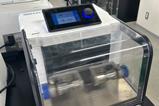




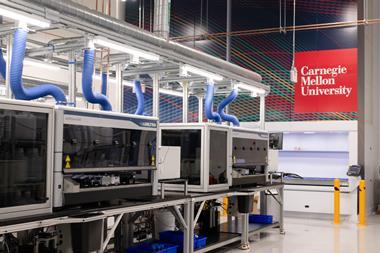
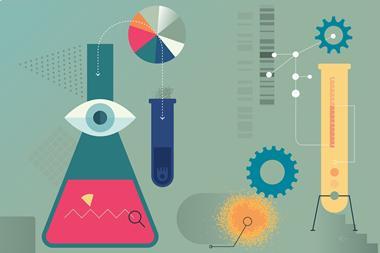

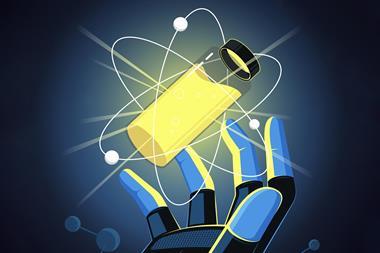






No comments yet